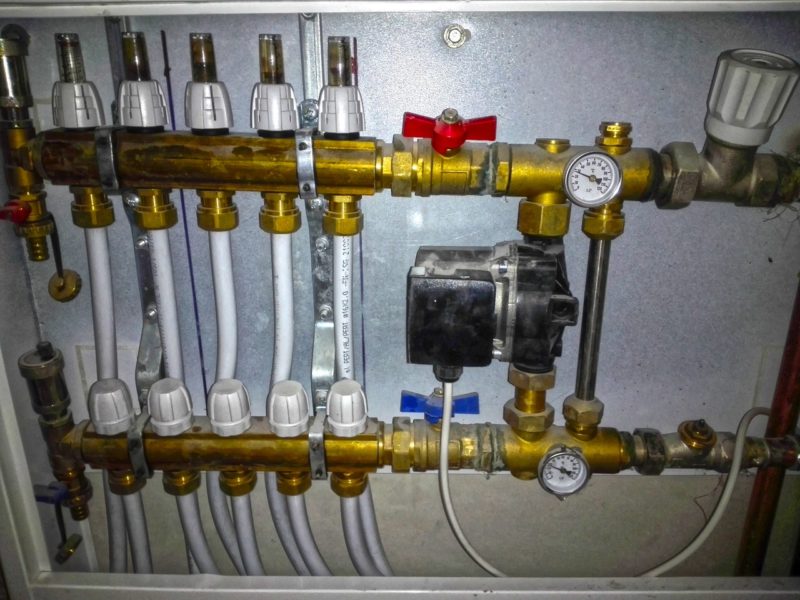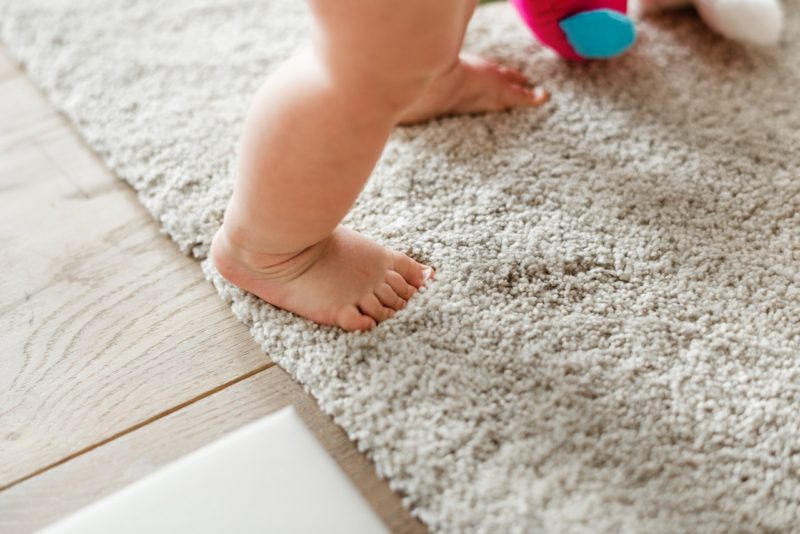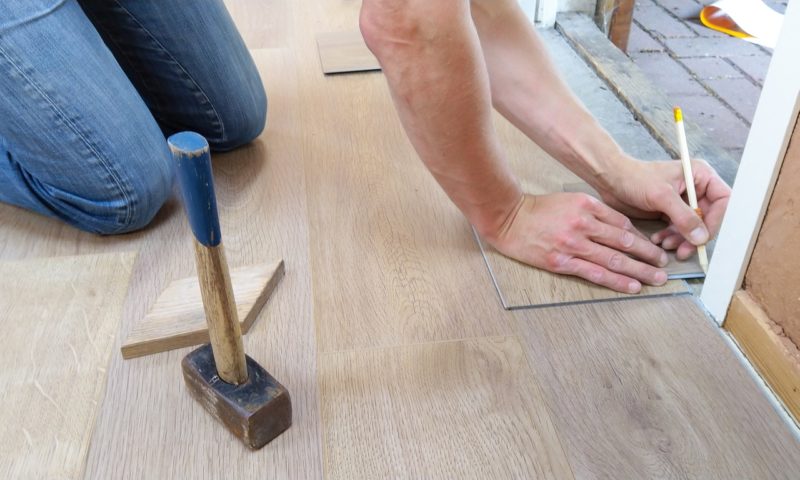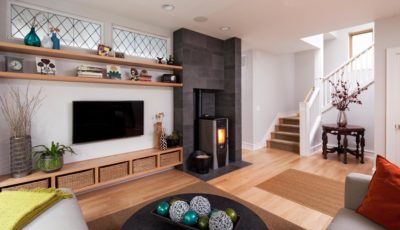Radiant Floor Heating: The Pros and Cons
Staying warm underfoot is something that every homeowner loves once they’ve experienced it. For many, they get a small taste of the feeling when having heating around their feet when in their car. This sets the stage for how it feels to always have warm feet whether wearing ankle socks around the home or not. Being able to paddle around in bare feet is more comfortable though, just as long as it’s warm enough.
To learn more about radiant heating, here are some of the pros and cons of this kind of system.
Pro: Durable Systems That Last Many Years
When getting one of the Heavenly Heat floor heating systems installed, you can expect it to last many years. That is, assuming that it is maintained on an annual basis to iron out any kinks along the way. Just like with any system, it may have occasional hiccups. Maintenance visits help resolve issues or to replace a part that’s worn out after a few years.
Ongoing usage, general care and keeping it clean are all part of the ownership requirement for a heated floor system. If you take care of it, it will take care of you. And keep your feet warmer too.
Pro: Balanced Heat Levels
The balanced heat levels in the floor hit the spot. They’re never overly hot or too cold either. The goal with a radiant floor system is to perfectly balance the required temperature. This way, your feet feel warm but not overly so.
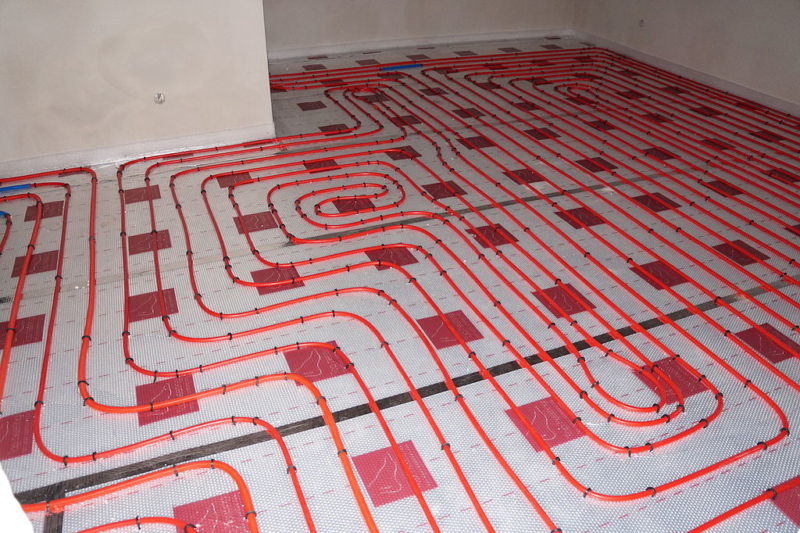
The balance is achieved through a radiant system that pushes heat out around the room and avoids it lingering in one spot.
Pro: Selectively Installed in Whatever Rooms are Required
Radiant floor heating is installable for individual rooms or for the whole house. It’s entirely up to the owner what they prefer or feels is necessary.
While some heating is required at home to avoid a damp or moisture issue, the floor heating augments whatever other heating systems are already present. For some people, they want their bedroom floor to be heated whereas others find the living room or family room is the most important spot.
Con: Carpets Are Harder to Penetrate
Carpet blocks or absorbs some of the heat radiating upwards. From a material standpoint, when using radiant floors, tiled ones are best followed by hardwood with carpeting a close third.
Con: Requires Professional Installers
Radiant floor systems aren’t ones that a homeowner can purchase and hope to install themselves. It requires a team of qualified people who have training in how to complete this type of installation and get it running perfectly. This ensures the system will distribute the correct heat level and it’ll spread around each room evenly too.
Con: The Floor May Need Replacing
Due to the fact that radiant heating systems tend to go beneath the floor, the flooring is usually pulled. It depends on the flooring whether it can be put back into position afterward or if a new floor will be required.
It’s important to bear in mind that every heating system has pros and cons. Radiant heating is no exception to this. But what you get is consistent warmth instead of hot and cool spots around the home, which makes it more comfortable and harmonious.

